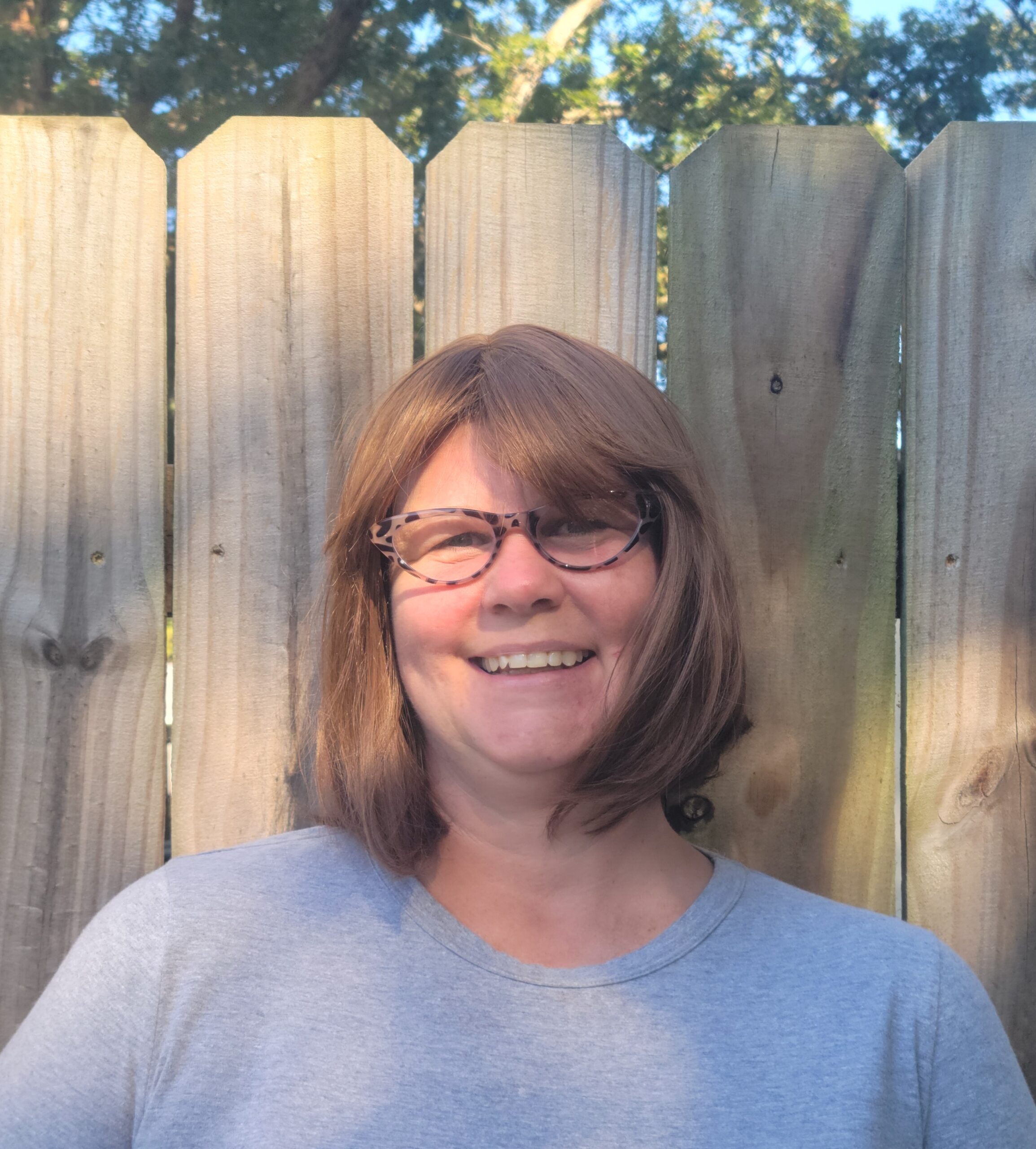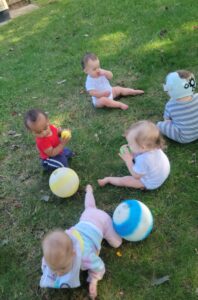Guest Blogger/ October 10, 2023/ Uncategorized
While the majority of VAAEYC members work in programs and centers, there is a segment of our membership that we represent that is often overlooked, Family Child Care. Many of these programs started in homes of care givers that were already caring for their own children, or extended family and neighbors’ children. These licensed programs are run and staffed by early childhood educators, who like other licensed programs participate in quality improvement, follow curriculum and work to provide consistent early care and education that supports the development and leaning of children of multiple ages throughout the day and year. This is often done with a smaller staff and with less definition between the roles of educator, director, and small business owner. Family child care is the most common form of early care and education in this country, especially for younger children. Parents may choose family child care for its intimate, home-like setting, flexible hours, consistency of educators, and small group size. Communities find this type of early care and education vital especially in rural areas where larger center-based programs are not available.

We interviewed VAAEYC member and Family Child Care provider Patricia Temple, to gain insight into what a day is like in a family child care setting. Patricia’s center is licensed for twelve children from 5:30 a.m. to 5:30 p.m. and she has two staff members.
“Family Day Homes are where every position is muddled – owner, director, teacher, mentor, customer service, chef de cuisine, and janitor wrapped up all in one. From the moment the doors are open to close it is non-stop. Once the kids step in, they go to their cots or straight to the toys while I am talking with the parents of how their child’s night went or what they did over the weekend. When the parents leave, it is consoling the child while the assistant(s) are changing or feeding the children.
We have lesson plans, the same as a larger center, and we have daily lessons that are age and ability appropriate for the children enrolled. We must be flexible as there are frequent interruptions because they are children! Today it was two children wanting to play with the same toy, and it took several attempts to get back to the lesson for the day. I will generally lead the lessons until it is time to start making the meals. At that point one of my assistants does their best to continue the lessons, but it will often devolve into free play – which is fine, since that is how children learn too!
All our children are under the age of three and not at the potty-training stage yet, so there is lots of diapering involved all of the time. In a small family home setting – it can get smelly, but we get through it! After the meal, it is quiet time or naps, but that doesn’t mean we get to rest.
While the children are napping, I relieve the assistants so they can have their lunch and some time to unplug. As we all know, taking care of children is rewarding, but exhausting and you need to remember to take care of yourself. Once they have had a break, I have my lunch and move on to administrative tasks – paying bills, responding to emails, ordering supplies. Once the children are up it’s back to full speed ahead – changing diapers and feeding snacks. The afternoons are reserved for free play until they are picked up. Children learn so much through play, this is an important part of the day.
Once we are closed, it’s time for the daily cleaning. Every day I sweep and mop the floors, take out the garbage, wash and disinfect toys, cribs, bottles, and highchairs. I also take inventory and make sure everything is stocked for the meals for the next day. If I don’t have everything needed, its off to the store! My day finally ends at around 9:00 p.m. and while I would love to have time for myself, I’m usually too tired!“
While this day may not look much different than a larger center-based program, one of the  biggest challenges family child care faces is one of perception – that they are not really educators, when in fact they have to follow the similar guidelines and licensing requirements. These programs also have to be highly flexible and adaptable to maintain the needs of the children and families they serve with non-traditional hours.
biggest challenges family child care faces is one of perception – that they are not really educators, when in fact they have to follow the similar guidelines and licensing requirements. These programs also have to be highly flexible and adaptable to maintain the needs of the children and families they serve with non-traditional hours.
Overall, family child care is a vital part of Virginia's early care and education system and a good career option for educators who would prefer a smaller setting where they can participate as a close partner with families and the communities in which they live.
Resources for Family Child Care Programs:
https://vachildcare.com/providers/
https://mccormickcenter.nl.edu/library/why-titles-matter-230919/
Kim Thomason
Circle Lead
VAAEYC Professional Development Circle
